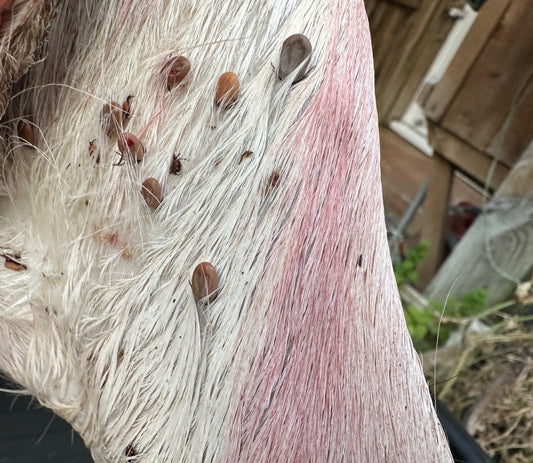The Balancing Act in Estate Management
In my conversations with fellow estate managers, the tension between meeting conservation grant targets and preserving stalking income is not just theoretical—it's an operational reality that demands attention. There is a clear understanding of the importance of both conservation grants, such as WS1 and Countryside Stewardship, and the traditional revenue from stalking. While I stand unbiased and see the value in both sides of the argument, I believe that through prudent deer management, we can find a harmonious balance that benefits both the estate's financial health and the environmental objectives these grants serve.
The Challenge for Estate and Deer Managers
Estate and deer managers are custodians of a delicate ecosystem and a heritage-rich countryside tradition. Conservation grants come with specific culling targets aimed at reducing deer populations to prevent environmental degradation. While these goals are laudable, they can conflict with the sustainable model of stalking income that many estates rely on. Over-culling to meet grant requirements could not only diminish stalking revenue but also disrupt the ecosystem balance. This dichotomy has led to significant operational and strategic challenges within the estate management profession.
The Reality on the Ground
Real-life cases from estate managers underline the strain imposed by trying to meet grant targets. The pressure to fulfil these quotas can be intense, affecting not just the deer populations but also the very viability of stalking as an economic activity. As a professional with a focus on deer management, I have observed that these concerns are more than justified. They point to the need for a more integrated approach that aligns the conservation aims of the grants with the economic imperatives of stalking.
 The picture included within this article was taken yesterday 27th February 2024 on an estate whereby it had apparently been shot out and fenced.
The picture included within this article was taken yesterday 27th February 2024 on an estate whereby it had apparently been shot out and fenced.
A Collaborative Solution
With our 'deer management hats' firmly in place, we can work towards synchronising the objectives of the grants with the needs of stalking-based income. This requires innovative thinking and cooperative planning. By setting realistic culling targets, we can manage deer populations sustainably, ensuring that their numbers are conducive to a healthy environment. Simultaneously, we must advocate for the value of stalking as a conservation tool that can contribute to habitat management and biodiversity.
Maximising estate income while ensuring that deer numbers are managed at a level that supports environmental sustainability is a complex task. It involves a nuanced understanding of deer ecology, client expectations in stalking, and the broader environmental goals of our time. By fostering dialogue between grant bodies and estate managers, we can develop a more flexible framework that accommodates the fluctuations in deer populations and the economic cycles of estate management.
Conclusion
The discussion with estate managers has highlighted a tangible issue: the need to balance conservation grant targets with stalking revenues. However, I am confident that with careful deer management, we can achieve this equilibrium. By prioritising sustainable practices, we can secure estate incomes and ensure that deer populations are managed in a way that benefits the environment. The path forward is one of collaboration and shared goals, where the success of one aspect does not come at the expense of the other. Together, we can steer the future of estate management towards a model that upholds both our environmental responsibilities and our economic needs.




